Home>Furniture & Design>Interior Design Trends>How To Use Liquid Glass
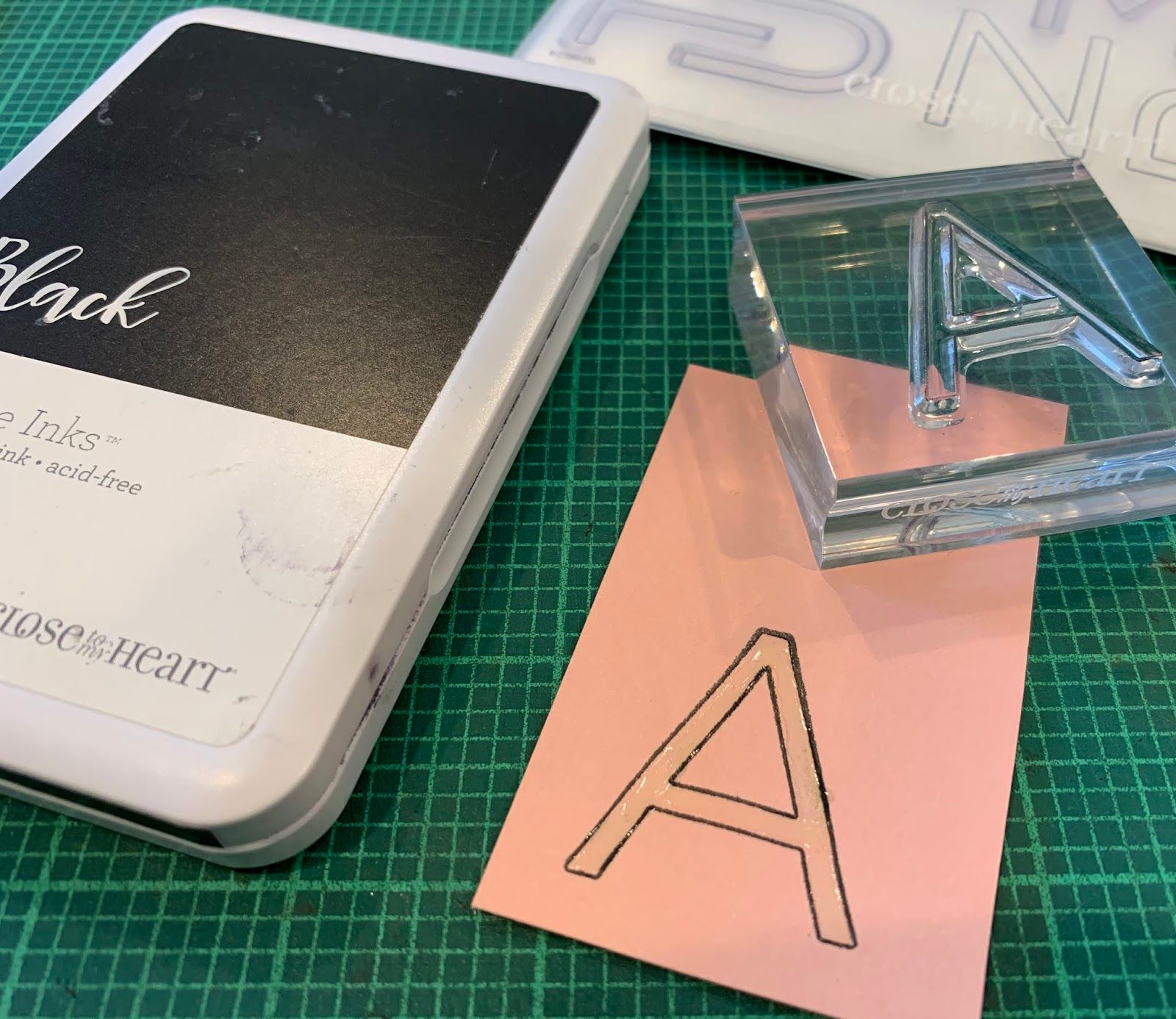

Interior Design Trends
How To Use Liquid Glass
Modified: February 18, 2024
Discover the latest interior design trends with our guide on how to use liquid glass to create stunning and modern design elements in your home. Explore innovative ideas and techniques to elevate your interior decor.
(Many of the links in this article redirect to a specific reviewed product. Your purchase of these products through affiliate links helps to generate commission for Storables.com, at no extra cost. Learn more)
Introduction
Liquid glass has emerged as a revolutionary trend in interior design, offering a versatile and innovative way to enhance surfaces and create stunning visual effects. This cutting-edge material has gained popularity for its ability to transform ordinary surfaces into extraordinary works of art, making it a sought-after choice for homeowners, designers, and architects alike.
The unique properties of liquid glass, also known as nano-coating or liquid glass coating, have paved the way for a myriad of creative applications in interior design. From countertops and floors to furniture and decorative elements, the possibilities are virtually endless. This remarkable substance not only adds a touch of elegance and sophistication to interior spaces but also provides practical benefits that elevate the overall functionality and aesthetics of the environment.
As we delve into the world of liquid glass, we will explore its composition, benefits, application techniques, and maintenance requirements. Whether you are a design enthusiast seeking to elevate your living space or a professional looking to stay ahead of the latest trends, understanding the potential of liquid glass is essential for unlocking its transformative power within interior design.
Key Takeaways:
- Liquid glass is a cutting-edge material that protects and beautifies surfaces, making them easy to clean and environmentally friendly. It’s like a magical shield that keeps things looking great and helps the planet too!
- Applying and maintaining liquid glass involves careful steps to ensure surfaces stay stunning and strong. It’s like giving your home a superhero makeover and then keeping it looking awesome with some simple TLC.
Read more: What Is Liquid Glass
What is Liquid Glass?
Liquid glass, also known as nano-coating or liquid glass coating, is a state-of-the-art material that has revolutionized the realm of interior design. This innovative substance is composed of silicon dioxide, which forms a thin, transparent layer when applied to various surfaces. The resulting coating creates a durable, protective barrier that enhances the visual appeal and functionality of the treated area.
The application of liquid glass involves harnessing the power of nanotechnology, where microscopic particles bond with the surface at a molecular level. This process forms an imperceptible shield that repels water, dirt, and other contaminants, effectively safeguarding the underlying material from wear and tear. The remarkable properties of liquid glass make it an ideal solution for preserving and beautifying a wide range of surfaces, including wood, metal, stone, and glass.
One of the most compelling aspects of liquid glass is its versatility. It can be applied to countertops, tables, floors, and even electronic devices, offering a seamless and long-lasting protective layer. This adaptability allows for endless creative possibilities, enabling designers and homeowners to elevate the aesthetic appeal of their living spaces while ensuring durability and ease of maintenance.
Furthermore, liquid glass is renowned for its eco-friendly nature, as it minimizes the need for harsh chemical cleaners and reduces the overall environmental impact. Its non-toxic composition and sustainable attributes align with the growing demand for environmentally conscious design solutions, making it a preferred choice for those seeking to integrate sustainability into their interior spaces.
In essence, liquid glass represents a groundbreaking advancement in interior design, offering a blend of practicality, aesthetics, and sustainability. Its ability to enhance surfaces, protect against damage, and contribute to a healthier environment positions it as a transformative element in modern design practices. As we delve deeper into the benefits and applications of liquid glass, its potential to redefine interior design becomes increasingly evident.
Benefits of Using Liquid Glass
The utilization of liquid glass in interior design offers a multitude of compelling benefits that elevate both the aesthetic appeal and functionality of various surfaces. From countertops and furniture to flooring and electronic devices, the advantages of incorporating liquid glass into design projects are far-reaching and impactful.
1. Enhanced Durability:
Liquid glass forms an ultra-thin yet robust protective layer that shields surfaces from scratches, stains, and general wear and tear. This durability ensures that treated areas maintain their pristine appearance over an extended period, reducing the need for frequent repairs or replacements.
2. Easy Maintenance:
Surfaces coated with liquid glass become remarkably easy to clean and maintain. The hydrophobic and oleophobic properties of the coating repel water, oil, and other contaminants, making it effortless to wipe away spills and smudges with minimal effort. This not only saves time and effort but also contributes to a consistently immaculate appearance.
Read more: How To Make Liquid Glass Slime
3. Enhanced Aesthetics:
Liquid glass enhances the visual appeal of surfaces by imparting a glossy, transparent finish that accentuates the natural beauty of the underlying material. Whether applied to wood, stone, or metal, the coating elevates the overall aesthetics, adding a touch of sophistication and elegance to interior spaces.
4. Environmental Sustainability:
The eco-friendly nature of liquid glass aligns with the growing emphasis on sustainable design practices. By reducing the reliance on harsh chemical cleaners and minimizing the need for frequent replacements, liquid glass contributes to a more environmentally conscious approach to interior design.
5. Versatile Applications:
The versatility of liquid glass allows for its application across a wide range of surfaces, including countertops, tables, floors, and electronic devices. This adaptability provides designers and homeowners with the freedom to explore creative possibilities while ensuring consistent protection and visual enhancement.
6. Health and Safety:
The non-toxic composition of liquid glass makes it a safe and healthy choice for interior environments. By minimizing the use of harmful chemicals and promoting easier cleaning practices, the coating contributes to a cleaner and safer living space for occupants.
In summary, the benefits of using liquid glass in interior design are multifaceted, encompassing durability, ease of maintenance, enhanced aesthetics, environmental sustainability, versatile applications, and considerations for health and safety. By harnessing the transformative power of liquid glass, designers and homeowners can elevate their living spaces while embracing a more sustainable and practical approach to interior design.
Read more: How Does Liquid Glass Work
How to Apply Liquid Glass
Applying liquid glass to surfaces involves a systematic process that ensures optimal adhesion and performance. Whether enhancing countertops, furniture, or flooring, the following steps outline the recommended procedure for achieving a flawless application.
-
Surface Preparation:
Before applying liquid glass, it is crucial to prepare the surface thoroughly. This involves cleaning the area to remove any dirt, dust, or residues that could hinder proper adhesion. Additionally, ensuring that the surface is dry and free from contaminants is essential for the coating to bond effectively. -
Application Technique:
Liquid glass is typically applied using a soft cloth or applicator pad. The coating should be spread evenly across the surface, ensuring complete coverage without leaving streaks or patches. It is important to follow the manufacturer's guidelines regarding the recommended thickness of the coating to achieve the desired protective and aesthetic effects. -
Drying and Curing:
After the application, the liquid glass coating requires adequate time to dry and cure. This period allows the coating to form a strong bond with the surface, ensuring long-lasting protection and visual enhancement. Following the specified drying and curing times is crucial for optimizing the performance of the coating. -
Buffing and Polishing:
Once the liquid glass has dried and cured, buffing and polishing the surface can further enhance the clarity and luster of the coating. This step contributes to achieving a smooth, glossy finish that accentuates the natural beauty of the underlying material, adding a touch of sophistication to the interior space. -
Quality Assurance:
After the application process is complete, it is important to conduct a thorough inspection to ensure that the liquid glass coating has been applied uniformly and adhered to the surface as intended. Addressing any inconsistencies or imperfections at this stage can help achieve a flawless result.
By following these steps and adhering to the manufacturer's guidelines, the application of liquid glass can yield exceptional results, transforming surfaces into durable, visually stunning elements within the interior space. This meticulous approach ensures that the full potential of liquid glass is realized, providing lasting benefits for both practical and aesthetic purposes.
Maintenance and Care
Maintaining surfaces treated with liquid glass is essential for preserving their pristine appearance and maximizing the longevity of the coating. By implementing proper care and maintenance practices, homeowners and designers can ensure that the benefits of liquid glass endure over time, contributing to a consistently impressive interior environment.
Regular Cleaning:
Regular cleaning is fundamental to preserving the visual appeal and protective properties of liquid glass-coated surfaces. Using a soft, non-abrasive cloth or sponge, gently wipe the treated areas to remove dust, dirt, and other surface contaminants. For more stubborn stains or residues, a mild detergent or glass cleaner can be used, followed by a thorough rinse and drying to maintain the clarity and luster of the coating.
Avoiding Abrasive Materials:
To prevent damage to the liquid glass coating, it is important to avoid using abrasive cleaning tools or harsh chemicals. Abrasive materials such as steel wool or abrasive cleaners can compromise the integrity of the coating, leading to diminished protective capabilities and potential visual imperfections. Opting for gentle cleaning tools and non-abrasive cleaning agents ensures the longevity of the coating.
Read more: Liquid Sandpaper: How To Use
Protection from Sharp Objects:
While liquid glass provides a durable protective layer, it is advisable to exercise caution to prevent scratches or abrasions. Placing protective pads or coasters under sharp or heavy objects can help mitigate the risk of surface damage. Additionally, avoiding dragging sharp items across the coated surfaces can preserve the flawless finish of the liquid glass.
Periodic Inspection:
Regularly inspecting liquid glass-coated surfaces allows for the early detection of any signs of wear or damage. Addressing minor issues promptly can prevent them from escalating and compromising the effectiveness of the coating. By conducting periodic inspections, homeowners and designers can proactively maintain the pristine condition of the treated areas.
Reapplication as Needed:
Over time, the protective properties of liquid glass may gradually diminish due to regular use and exposure. Depending on the level of wear and the specific application, reapplying the liquid glass coating at recommended intervals can rejuvenate the protective layer and sustain its visual enhancement. Following the manufacturer's guidelines for reapplication ensures consistent performance and longevity.
By adhering to these maintenance and care practices, surfaces treated with liquid glass can retain their brilliance and durability, contributing to a visually captivating and enduring interior environment. Implementing these measures not only preserves the aesthetic appeal of the coated surfaces but also maximizes the protective benefits, ensuring that the transformative power of liquid glass endures for years to come.
Conclusion
In conclusion, the integration of liquid glass into interior design represents a paradigm shift in the way surfaces are protected, enhanced, and adorned. The remarkable properties of liquid glass, including its durability, ease of maintenance, and versatile applications, position it as a transformative element that transcends traditional design boundaries. By harnessing the power of nanotechnology, liquid glass offers a seamless blend of practicality, aesthetics, and sustainability, making it a compelling choice for designers, homeowners, and architects seeking to elevate interior spaces.
The benefits of using liquid glass extend far beyond its visual appeal, encompassing enhanced durability, easy maintenance, environmental sustainability, and considerations for health and safety. Its ability to protect surfaces from wear and tear while imparting a glossy, transparent finish underscores its potential to redefine interior design standards. Furthermore, the eco-friendly nature of liquid glass aligns with the growing emphasis on sustainable design practices, reflecting a conscientious approach to creating healthier and more environmentally responsible living environments.
The application of liquid glass involves a meticulous process that ensures optimal adhesion and performance, resulting in surfaces that exude elegance and resilience. From surface preparation to quality assurance, each step in the application process contributes to unlocking the full potential of liquid glass, transforming ordinary surfaces into enduring works of art.
Moreover, the maintenance and care of liquid glass-coated surfaces are essential for preserving their pristine appearance and maximizing the longevity of the coating. By implementing regular cleaning practices, avoiding abrasive materials, and conducting periodic inspections, the enduring benefits of liquid glass can be upheld, contributing to a consistently impressive interior environment.
As the demand for innovative and sustainable design solutions continues to rise, liquid glass stands at the forefront of a new era in interior design. Its ability to harmonize practicality with aesthetics, while promoting environmental responsibility, positions it as a catalyst for reimagining interior spaces with enduring beauty and functionality.
In essence, the integration of liquid glass into interior design represents a harmonious convergence of technology, sustainability, and creativity, offering a compelling vision for the future of design innovation. By embracing the transformative power of liquid glass, designers and homeowners can embark on a journey toward creating captivating, enduring, and sustainable interior environments that redefine the very essence of modern living.
Frequently Asked Questions about How To Use Liquid Glass
Was this page helpful?
At Storables.com, we guarantee accurate and reliable information. Our content, validated by Expert Board Contributors, is crafted following stringent Editorial Policies. We're committed to providing you with well-researched, expert-backed insights for all your informational needs.
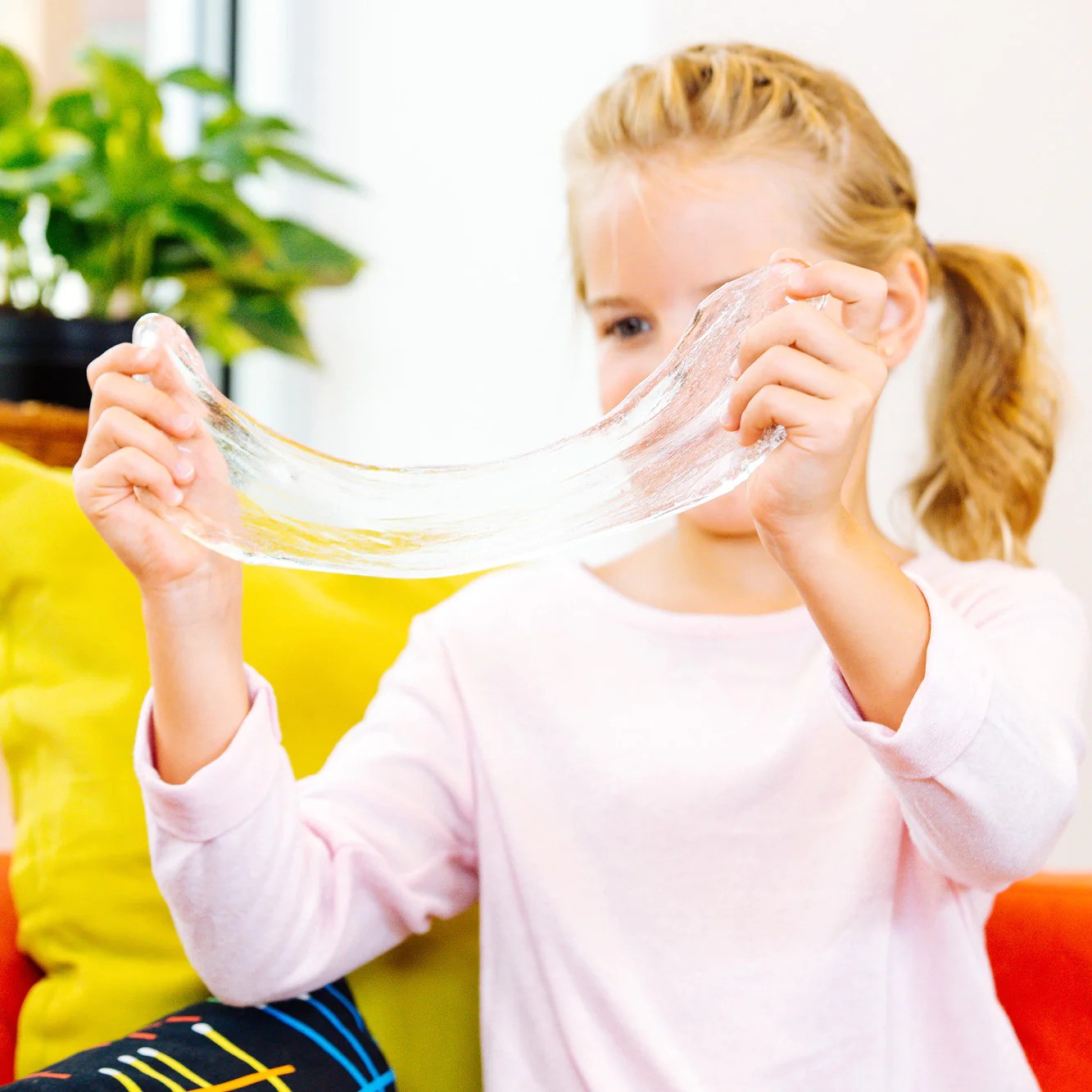
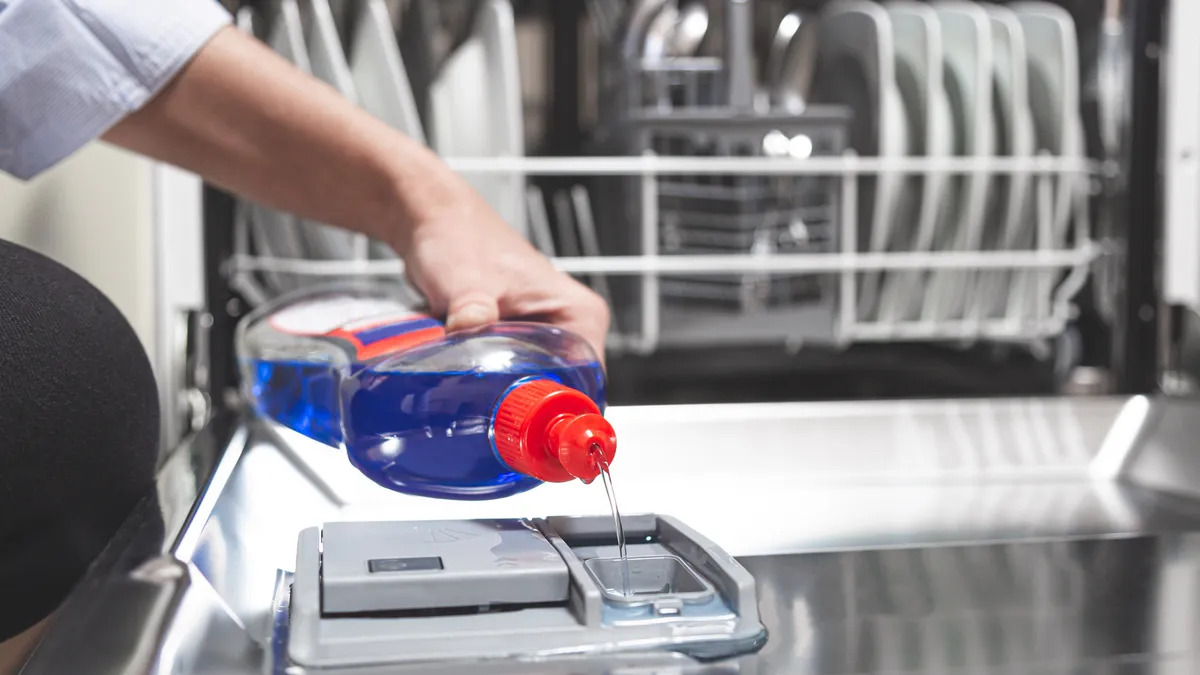
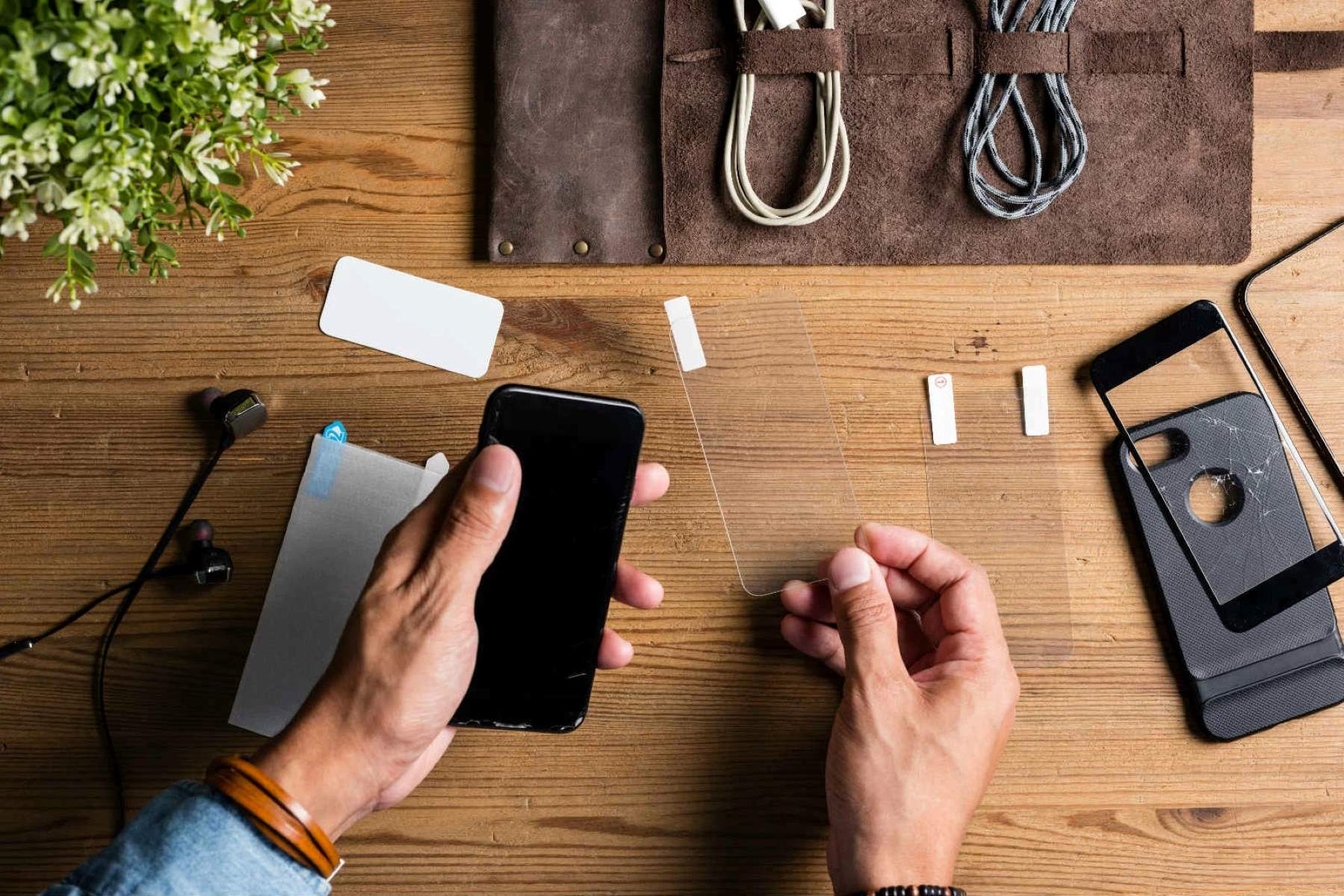
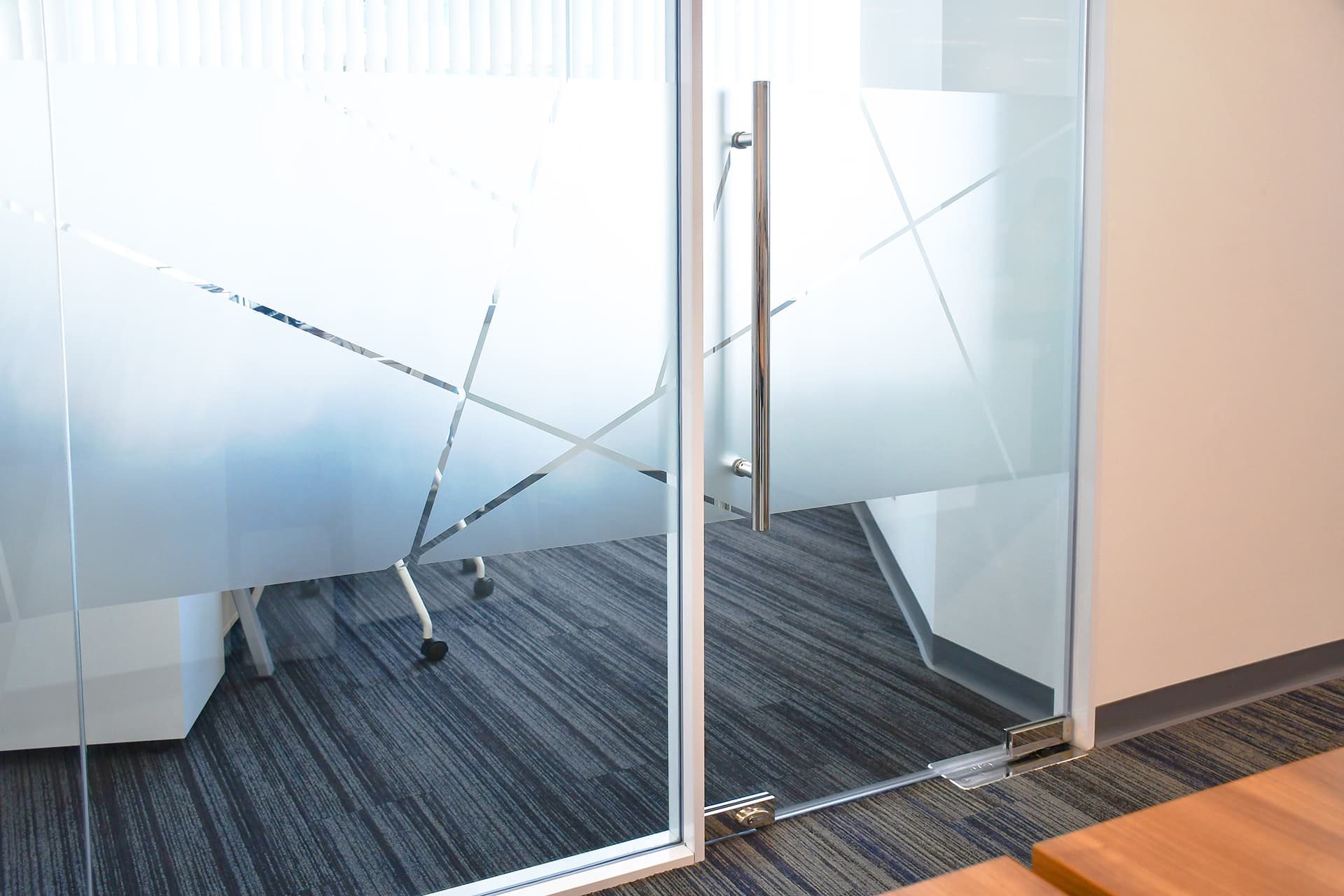
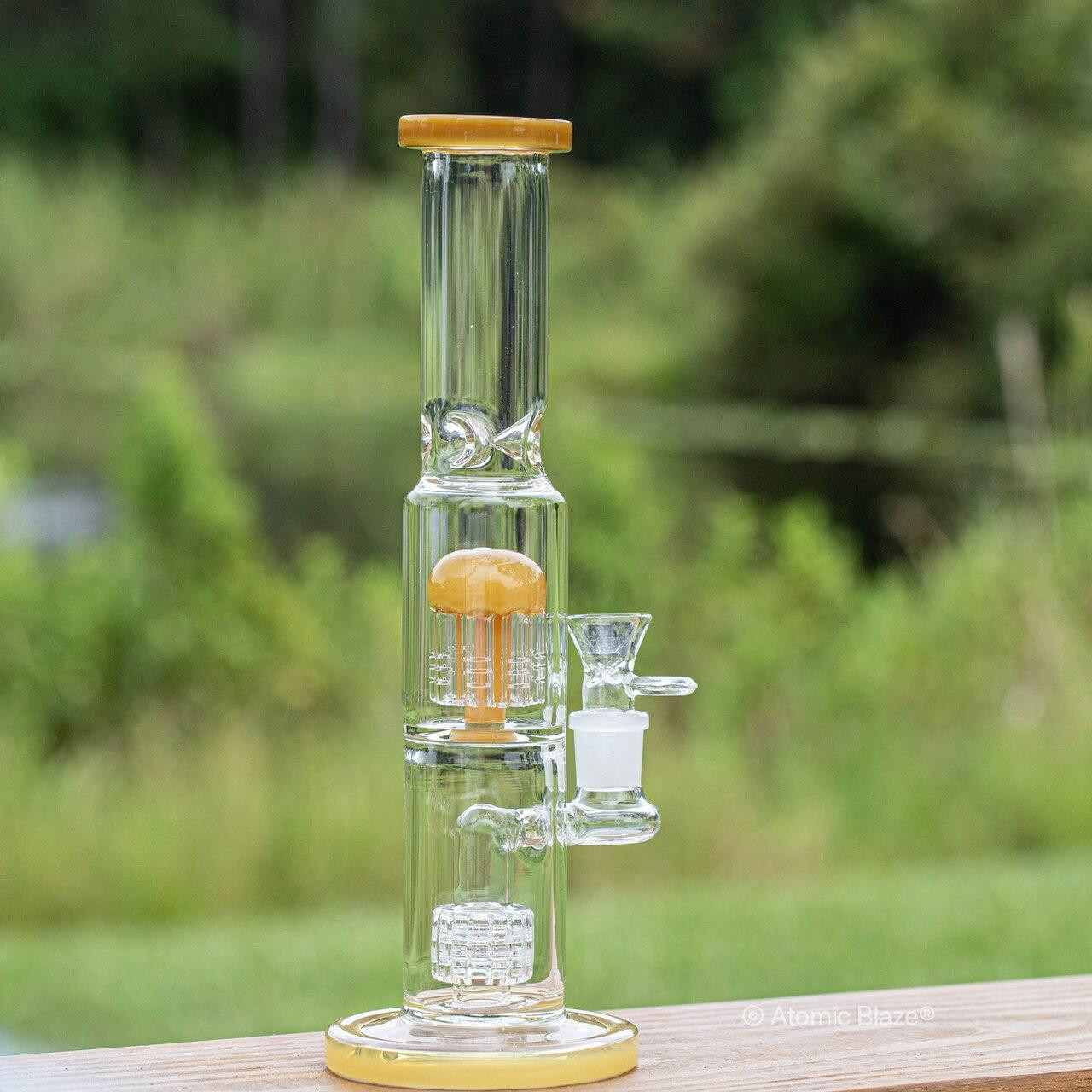


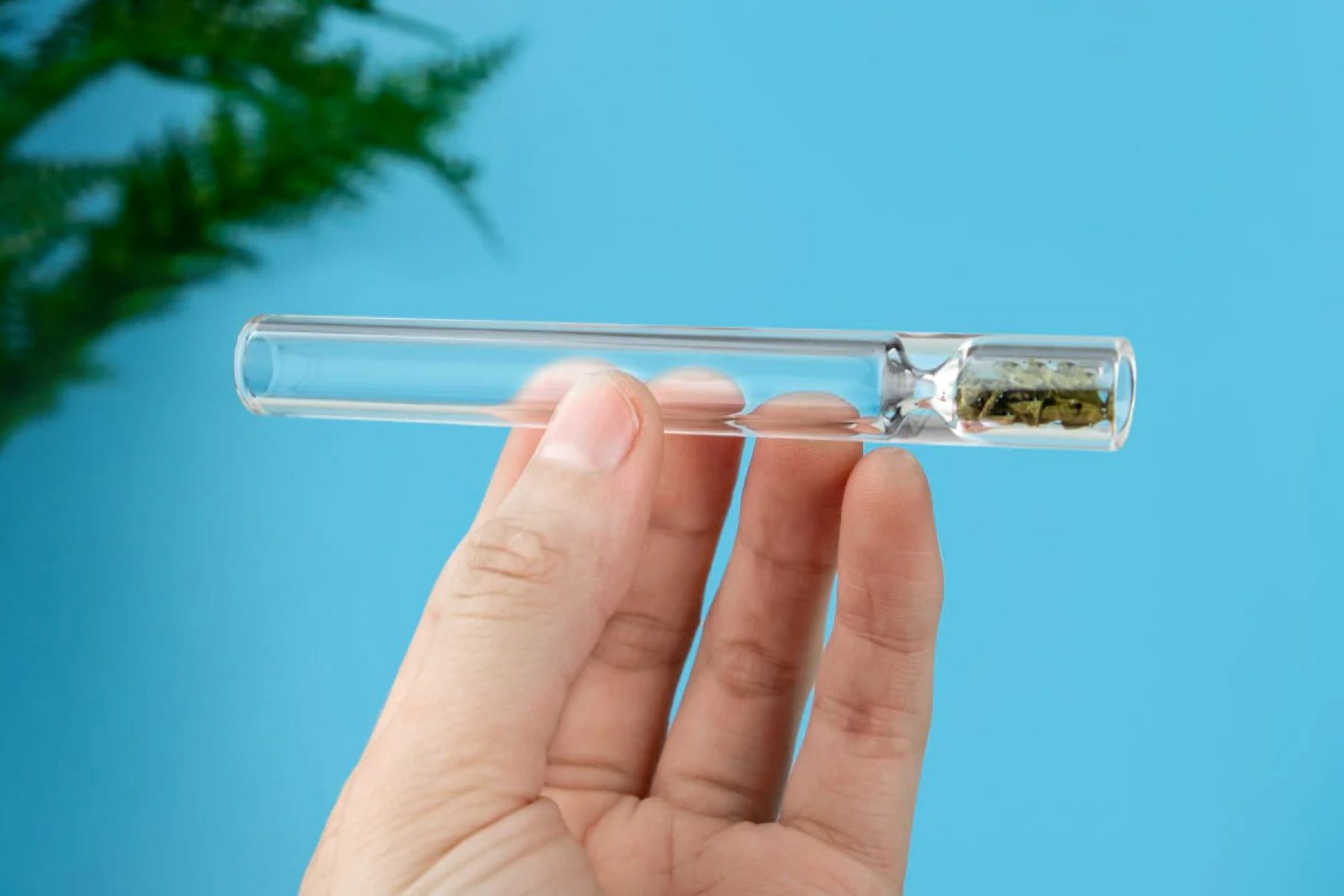
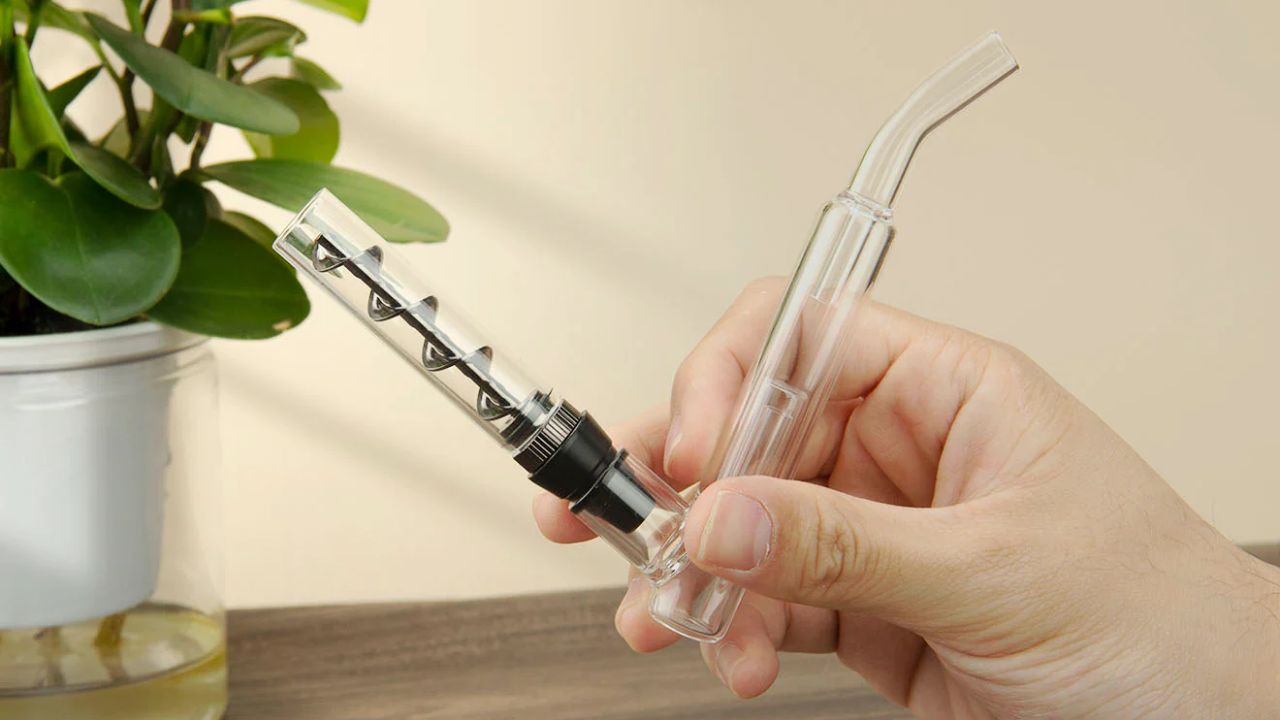
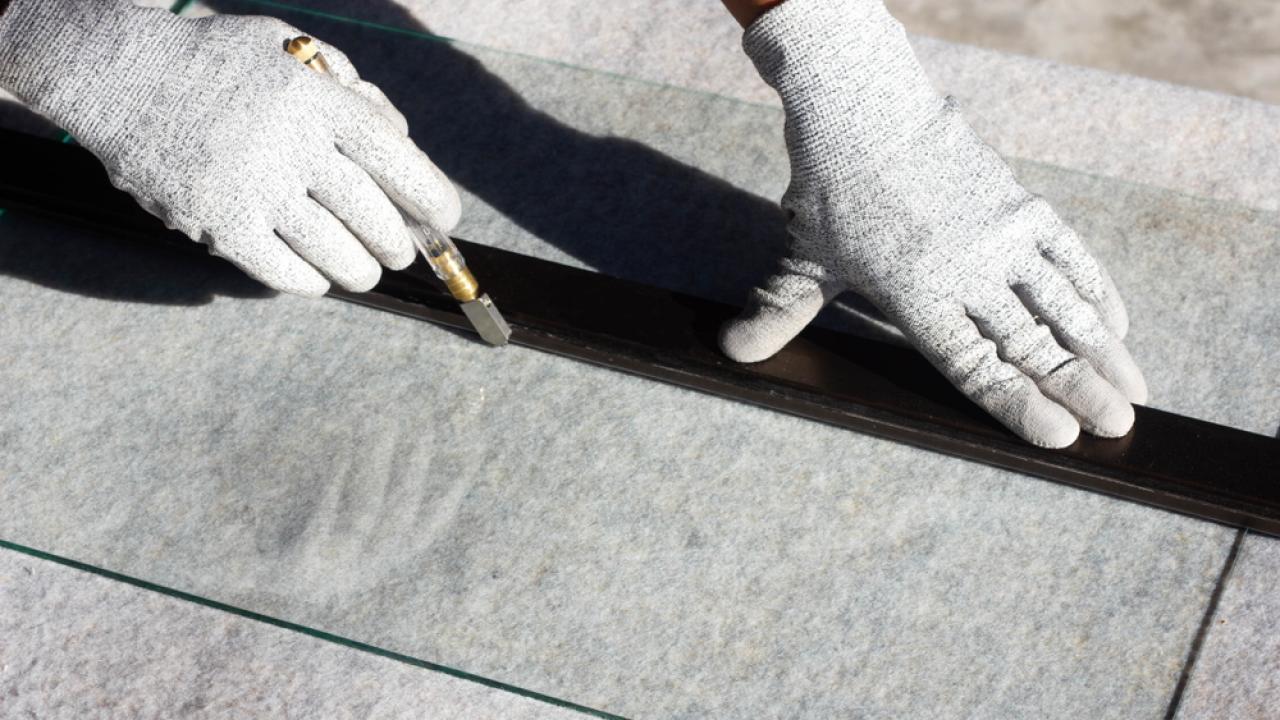
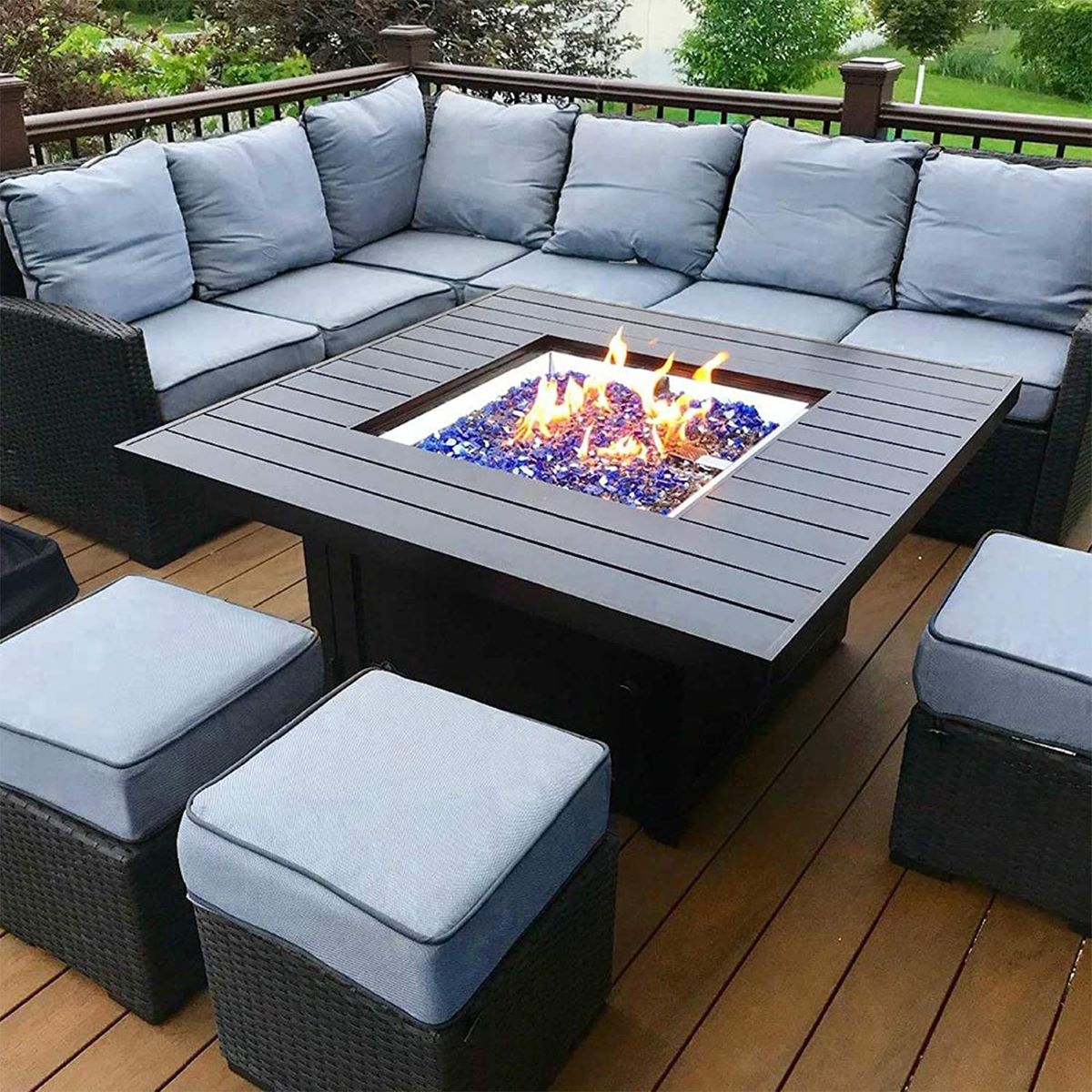
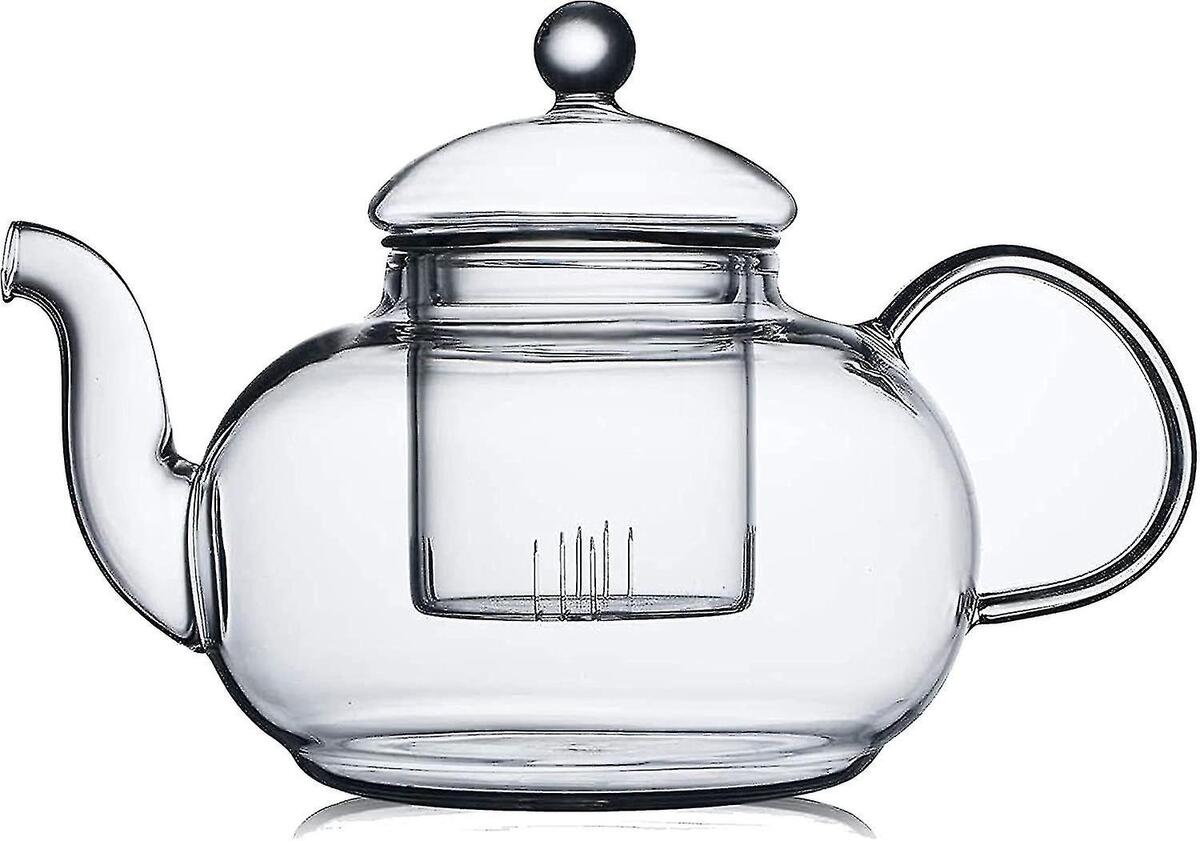

0 thoughts on “How To Use Liquid Glass”